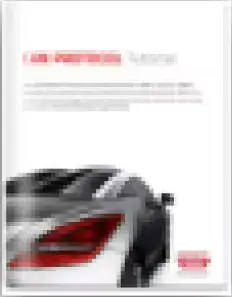The CAN Bus Protocol
This is a brief introduction to the CAN bus protocol. When people talk about “CAN” without further detailing what standards they are talking about, they usually mean the data link layer protocol defined by ISO 11898-1 and the physical layer defined by ISO 11898-2. In reality, there are many standards to choose from.
A Brief Overview
The CAN bus protocol is defined by the ISO 11898-1 standard and can be summarized like this:
- The physical layer uses differential transmission on a twisted pair wire.
- A non-destructive bit-wise arbitration is used to control access to the bus.
- The messages are small (at most eight data bytes) and are protected by a checksum.
- There is no explicit address in the messages, instead, each message carries a numeric value which controls its priority on the bus, and may also serve as an identification of the contents of the message.
- An elaborate error handling scheme that results in retransmitted messages when they are not properly received.
- There are effective means for isolating faults and removing faulty nodes from the bus.
Learn more with the full CAN Protocol Tutorial
The CAN Protocol Tutorial gives an overview of the ISO 11898-1 and ISO 11898-2 standards. It provides a great introduction to the fundamentals of CAN bus as it is used in automotive design, industrial automation controls, embedded systems and many, many more applications.
The Tutorial covers the following topics:
- The CAN bus
- CAN Messages
- CAN Physical Layers
- CAN Oscilloscope Pictures
- CAN Connectors
- CAN Bit Timing
- CAN Error Handling
Take the CAN Protocol Tutorial Now
We do not claim completeness; if you want to know everything you should obtain the Bosch specification from our Download Area. A note about the specifications: the spec that Bosch wrote is very clear and readable, but it’s not the ISO11898 spec. That spec isn’t available on the net; instead you have to buy it from ISO. The ISO standards are maintained by ISO. You can’t download them for free, but you can purchase them online. If you go to your national standardizations organization you might find a translated edition.
